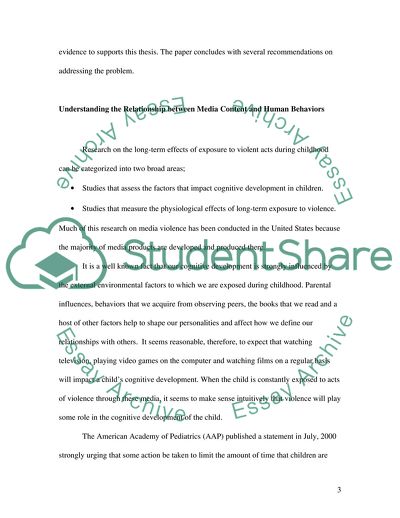Cite this document
(How Kids Are Affected by Media Portrayed in Media Essay, n.d.)
How Kids Are Affected by Media Portrayed in Media Essay. https://studentshare.org/psychology/1738522-what-psycological-impact-does-horror-films-have-on-children-and-society
How Kids Are Affected by Media Portrayed in Media Essay. https://studentshare.org/psychology/1738522-what-psycological-impact-does-horror-films-have-on-children-and-society
(How Kids Are Affected by Media Portrayed in Media Essay)
How Kids Are Affected by Media Portrayed in Media Essay. https://studentshare.org/psychology/1738522-what-psycological-impact-does-horror-films-have-on-children-and-society.
How Kids Are Affected by Media Portrayed in Media Essay. https://studentshare.org/psychology/1738522-what-psycological-impact-does-horror-films-have-on-children-and-society.
“How Kids Are Affected by Media Portrayed in Media Essay”. https://studentshare.org/psychology/1738522-what-psycological-impact-does-horror-films-have-on-children-and-society.


